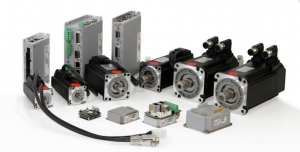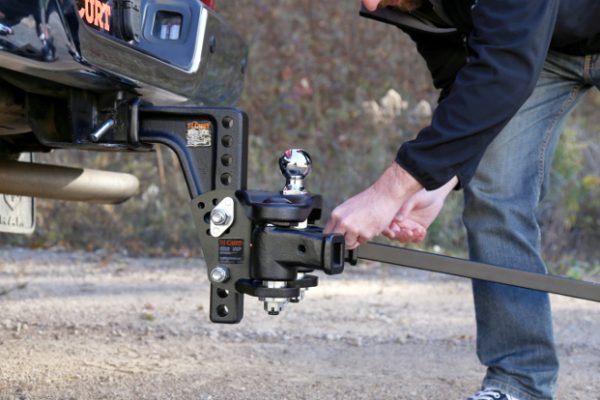Robots are a type of machine designed and manufactured to deliver specific jobs automatically with advanced precision and speed. This type of machine can resemble human actions. That is why it is widely used in different industries today. But how can we make sure that a robot will perform all of its duties accordingly? It all starts with choosing the right servo robot motor.
One of the primary mechanisms of a robot is motors. Joints in a robot limb can move because of motors. Some kinds of robots require wheels to move, and those wheels are powered up by motors. No matter what kind of effectors the robot use, these are moved around by motors.
Table of Contents
Servo motors: What Are Its Purposes?
To ensure precise positioning in robots, servo motors are used. This type of motor enables robots to perform tasks, such as disassembling products, picking up objects from one place to another, packing fragile items, and other types of robot applications. Let’s take a closer look at what a servo motor is.

What Is a Servo Motor?
Servo motors are a kind of actuator or electronic device that push or rotate an object with excellent precision. It has a sensor that measures the velocity, torque, and position of the motor at any given instance. Inside the servo motor is a circuit with a shaft fitted with a gear. This can be positioned whenever required. Projects, with the goal of rotating objects at certain angles or distance, will surely benefit from servo motors.
How Does a Servo Motor Work?
Servo motors begin to act upon receipt of a signal from a motion controller. The motor will rotate at a specific angle defined by the pulse width modulation (PWM) received. The output spline of a servo remains at 0 degrees when at rest. It will rotate by 90 degrees with a PWM of 1.5ms. If the controller wants to rotate it 180 degrees backward, the PWM should be 1ms.
A potentiometer measures the position of the output spline. Upon reaching the goal position, the power supply is cut while the motor retains the position until the next series of signals is acquired. Proportional operation is one of the most important features of a servo motor. If a servo is resting at a 180-degree position and suddenly needs to move at a 0-degree position, the motor will rotate as fast as it can to get there. If the position is already somewhere near 0 degrees, then the motor will gradually move to the desired position.
Servo Motors in Robotics
Servo motors are the right robot motor because they possess the qualities needed to build a robot. They are small yet powerful and easily programmable. This motor is a combination of mechanical and electronic modules, plus, it has a potentiometer for feedback measure. These features offer simple control solutions. The ability to simply control an angle according to a feedback system results in incredible precision.
Compared to stepper motors, servo motors are lighter and more reliable. They are also the ideal motor to build hexapods, bipeds, and humanoids. Even cameras use servo motors to help in controlling the position in taking pictures.
Some of the most common robot applications wherein servo motors are essential are found in the auto and welding industries. The robotic welding arm has servo motors in every joint. This allows movement and adds dexterity to the robot. Meanwhile, autonomous vehicles that disarm or dispose of bombs implement servo motors in their steering systems.
What Should You Look for in a Robot Motor?

Selecting the right robot motor is crucial in building robots. When looking for motors, there are a lot of things to consider. We have listed some of the characteristics you should not miss checking in a motor.
Load
Your chosen digital servo drive for robots should have the power to produce the right amount of torque to overcome forces that will impact the robot’s mechanism during motion and to move the payload that is calculated.
Velocity
Robot motors should be able to deliver tasks at the required speed rate.
Accuracy
Check if you can implement actuators to move in your desired position in an exact manner.
Repeatability
Robot motors should be able to perform the task from time after time without failure.
Power Consumption
Consider the way the robot will get power and the estimated power the robot will consume.
Cost
It’s hard to get quality motors at a cheap price, but, if low-priced motors are enough for your project then higher-priced steppers or servos are not your best choice.
Form Factor
Of course, your selected servo should match the robot including its size, design, and other customizations.
Motors serve an essential part in designing and building a robot. Without motors, robots will not be able to move. This is because the electrical energy of a motor is the one responsible for allowing robots to produce physical motion.
To choose a motor, you must consider a few things, such as the motor’s velocity, repeatability, and cost. One of the best types of motor for robots is a servo motor. A typical robot nature is to be programmed to behave differently. Servo motors are easily powerful and programmable that is why it is mainly used in robot applications.
Technology topics can sometimes be a little complicated. Let the Genius Updates make things easy for you. We create informative blogs that are clearly explained. Not only do we focus on technology but we also write about marketing, health, education, and more. Head on to our website for your dose of articles about robots and other technology-related topics.





